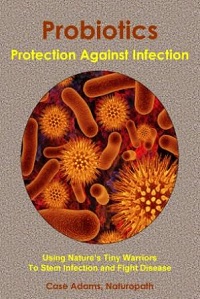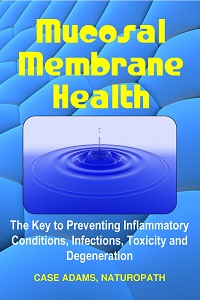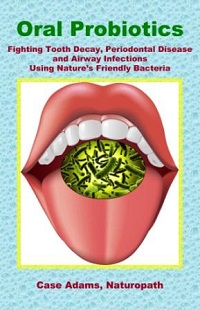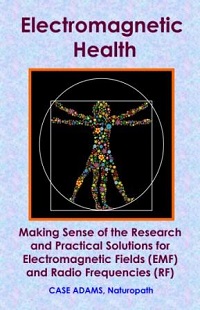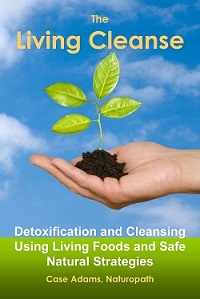Phthalate Concentrations Found in United States’ Food Supplies
Phthalates are ubiquitous today. We find them in so many plastic products. Well now they are increasingly found in our food supplies.
In this article
Phthalate concentrations tested in foods
Researchers from several U.S. universities along with the EPA and the New York State Department of Health have determined for the first time that phthalates are significantly present in the U.S. food supply.
The researchers tested 72 foods purchased from supermarkets in Albany, New York. They utilized mass spectroscopy using gas chromatography to analyze each of the samples. The researchers then estimated the amount of phthalates that would be consumed within the diet at those levels of phthalate content.
The two phthalates found the most were dicyclohexyl phthalate (DCHP) and di-2-ethylhexyl phthalate (DEHP). Of these, DEHP was significantly higher, 74% frequency, and DCHP was found in 6% of the positive results. DEHP was also found among most of the foods except for beef, where Di-n-octylphthalate (DNOP) was most prevalent.
Pork contained the highest levels of phthalates among the foods tested, with up to 1158 micrograms per gram.
Phthalates are hormone disruptors
Phthalates are best known as plasticizers, meaning that they provide bonding agents for the manufacture of plastic. As plastic breaks down, these phthalates leach out into the environment. With the mass production of plastic goods over the past fifty years – stemming from a notion put forth that plastics were the miracle material – our environment is being bombarded with phthalates.
Phthalates are also used in a number of other products today, including lubricants, pharmaceutical drug enteric coating, stabilizers, detergents, surfactants, vinyl flooring, model clay, inks, clothing and others.
While animal studies showed phthalates produced hormone abnormalities, this effect is now being linked with human endocrine disruption. Several studies have now shown significant phthalate concentration in the urine of adults and children. DEHP was the most prominent phthalate found in the urine of 153 plasma samples from people in Hong Kong. More concerning, DEHP and n-butyl benzyl phthalate (BBP) were found in significantly higher concentrations among teenagers.
After a recent review of decades of research, medical scientists from McMaster University concluded that, “there is sufficient evidence to suggest that phthalates are reproductive toxicants.”
REFERENCES:
Schecter A, Lorber M, Guo Y, Wu Q, Yun SH, Kannan K, Hommel M, Imran N, Hynan LS, Cheng D, Colacino JA, Birnbaum LS. Phthalate Concentrations and Dietary Exposure from Food Purchased in New York State. Environ Health Perspect. 2013 Mar 6.
1: Wan HT, Leung PY, Zhao YG, Wei X, Wong MH, Wong CK. Blood plasma concentrations of endocrine disrupting chemicals in Hong Kong populations. J Hazard Mater. 2013 Jan 24.
Kay VR, Chambers C, Foster WG. Reproductive and developmental effects of phthalate diesters in females. Crit Rev Toxicol. 2013 Mar;43(3):200-19.







